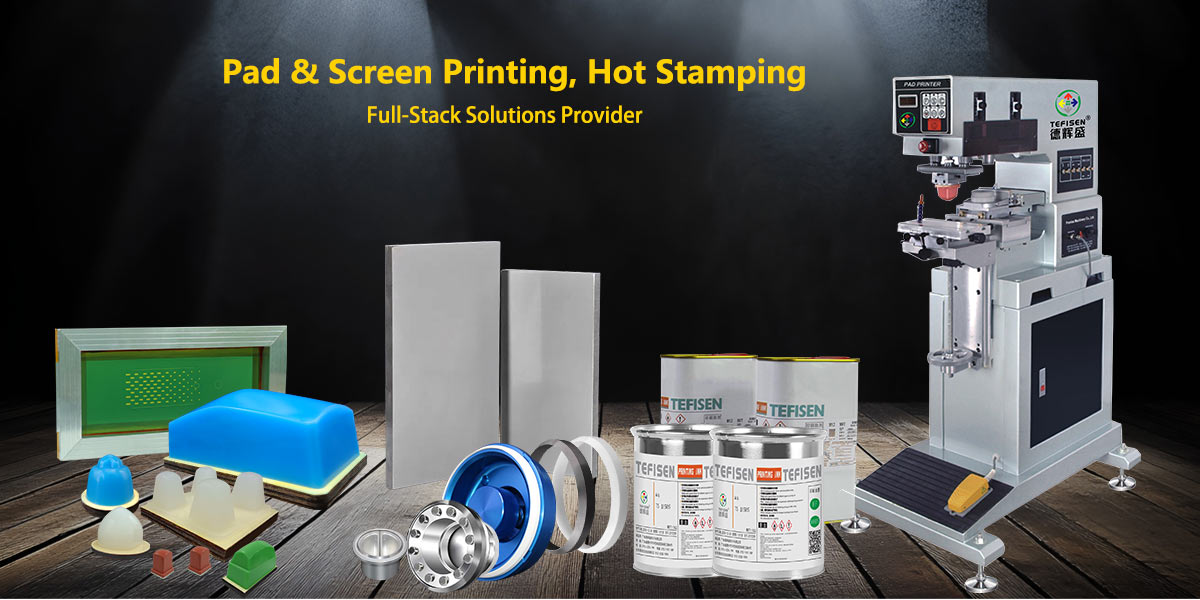In-Depth Analysis of Thailand's Pad Printing Machine Market in 2025
Are you troubled by product surface printing issues in your Thai factory? Is this market worth investing in? As a key hub for manufacturing in Southeast Asia, Thailand's pad printing machine market is entering a crucial transformation window. According to the latest industry data analysis, the market size of pad printing machines in Thailand is expected to reach $120 - 150 million in 2025, with a stable annual growth rate of 6% - 8%. This growth is mainly driven by three core forces: the electric vehicle (EV) electrification transition, the recovery of electronics exports, and the deepening of the "Thailand 4.0" policy. Below, this article will provide a comprehensive decision-making reference for industry participants from dimensions such as market size, competitive landscape, industry applications, and technological trends based on detailed data.

I. Market Size and Growth Drivers of Thailand's Pad Printing Machine Market
The overall market size of pad printing machines in Thailand in 2025 is $120 - 150 million. Among them, new machine sales account for 55% - 60%, and the market for consumables and services accounts for 40% - 45%. The growth rate of the automated equipment segment is expected to be 12% - 15% (significantly higher than the industry average).
Main Growth Drivers
1.1 Growth of Electric Vehicles
According to the latest data from the Thailand Board of Investment (BOI), in the first half of 2024, Thailand has attracted 38.2 billion Thai baht (approximately $1.05 billion) in EV investment. By 2025, EV production in Thailand is expected to account for 18% - 20% of the total automobile production. The unique internal structure of EVs (more electronic components and lightweight materials) has created new application scenarios for pad printing technology, and it is expected to drive the demand for related pad printing equipment to grow by more than 25%.
1.2 Continuous Recovery of the Electronics Industry
Data from the Thailand Electronics Industry Association shows that in 2024, Thailand's electronics exports increased by 7.5% year-on-year, reaching $68 billion. With the recovery of global consumer electronics demand, the continuous production of products such as hard disk drives (accounting for 40% of global production), smartphone components, and home appliances in Thailand in 2025 will provide a stable market demand for high-precision pad printing equipment.
1.3 Continuous Release of Policy Dividends
The "Thailand 4.0" strategy has entered a deepening stage, and the government offers investment subsidies for smart manufacturing equipment, with a maximum subsidy ratio of up to 50%. In particular, it provides 100% - 150% tax deductions for small and medium-sized enterprises (SMEs) to upgrade their equipment. This policy directly reduces the procurement costs of enterprises and accelerates the phase-out and replacement of traditional equipment.
II. Competitive Landscape and Market Share
2.1 Three-Dimensional Analysis of Brand Competition
| Competitive Camp | Representative Brands | Estimated Market Share in 2025 | Price Range (USD) | Core Target Customer Groups |
|---|---|---|---|---|
| High-End Camp | Japanese and German Brands | 30% - 35% | 80,000 | Tier 1 automotive suppliers, multinational electronics companies |
| Mid-Range Value Camp | Chinese Taiwanese and High-Quality Mainland Chinese Brands | 50% - 55% | 25,000 | Local large enterprises, medium-sized component suppliers |
| Economy Camp | Other Brands, Locally Assembled Brands | 10% - 15% | 10,000 | Small processing factories, start-ups |
2.2 Innovation in Channel Models
In 2025, the distribution channels of pad printing machines in Thailand will present the following characteristics:
Further Enhancement of the Status of System Integrators
It is expected that more than 60% of sales will be completed through channel partners with automated integration capabilities. To reduce costs and increase efficiency, more and more enterprises are willing to choose system integrators, who provide "turnkey" solutions. What you get is a complete working unit where all hardware connections, software programming, and system commissioning have been completed. You only need to connect the power and air supply to start production, greatly reducing technical complexity and project risks.
Online Technical Consultation as an Important Customer Acquisition Channel
75% of procurement decision-makers conduct technical research online before contacting suppliers, including through search engines and short video platforms.
Local Service Capability as a Core Competitiveness
Brands that can provide 24-hour on-site response have a customer retention rate 35% higher than the industry average.
III. In-Depth Analysis of Terminal Industry Applications
3.1 Automotive and Components
New Demand from Electric Vehicles
Application scenarios such as battery management system housing identification, charging port symbols, and intelligent cockpit touch panel place higher requirements on the precision and durability of pad printing.
Based on the incentive policies of the Thailand Board of Investment (BOI) and the expansion plans of major automobile companies, the market size of pad printing equipment and services in this field is expected to reach approximately $45 - 57 million, making it the largest and most demanding segment in the market.
Technical Requirements
To meet the strict production standards of the automotive industry, automation and intelligence have become standard features. Market data shows that up to 85% of automotive industry customers require that pad printing equipment must have automated loading and unloading interfaces for collaboration with robots to achieve seamless integration into the production line. Meanwhile, 70% of customers require high-precision vision positioning systems to ensure 100% printing position calibration for each workpiece during rapid production cycles, thereby achieving zero-defect production goals.
3.2 Electronics and Electrical Appliances
Emerging Growth Points
Internet of Things (IoT) device housings, wearable devices, and smart home control panels.
According to the latest market research data, the market size of pad printing equipment and supporting services in this segment is expected to reach $43 - 54 million and maintain a stable annual growth rate of 12%. This market growth is mainly driven by:
The penetration rate of smart homes increasing from the current 35% to 50%.
The annual shipment of wearable devices exceeding 200 million units.
The demand for industrial IoT devices increasing by more than 25%.
Technological Trends
The penetration rate of UV-LED pad printing technology will increase from 40% in 2024 to 55% in 2025, mainly due to its advantages of low energy consumption and fast curing.
3.3 Medical Devices and Packaging (Fastest-Growing Segment, Annual Growth of 15%)
Driving Factors
The recovery of medical tourism in Thailand and the intensification of population aging in ASEAN countries.
Thailand continues to consolidate its position as the "Medical Tourism Center of Asia" with its world-class medical service standards and relatively low treatment costs. Data shows that the number of medical tourists received by Thailand in 2024 has recovered to 120% of the pre-pandemic level, and it is expected to exceed 3.5 million for the whole year. This growth directly drives the demand for localized production of high-end medical devices, medical consumables, and pharmaceutical packaging. Meanwhile, according to statistics, the proportion of the population aged 65 and above in Thailand has exceeded 16%, officially entering an aging society. At the same time, neighboring countries such as Vietnam and Indonesia are also showing similar trends. This structural change has created a huge market demand for chronic disease treatment equipment, home medical monitoring devices, and elderly care products.
Special Requirements
90% of medical customers require that equipment materials comply with Good Manufacturing Practice (GMP) standards, and 80% require complete production data traceability functions.
IV. Technological Development Trends in 2025
4.1 Intelligence Becomes Standard
Integration of Vision Systems
It is expected that 65% of newly sold pad printing machines in Thailand in 2025 will be equipped with or offer vision positioning systems as an option.
Data Connectivity
45% of large customers require that equipment be equipped with Industrial Internet of Things (IIoT) interfaces for production data collection and remote monitoring.
Intelligent Debugging
AI-based process parameter self-optimization systems have begun to be applied in high-end models, which can reduce production changeover and debugging time by 70%.
4.2 Increased Green and Environmental Protection Requirements
Energy Consumption Standards
The Thailand Ministry of Industry will implement new energy efficiency standards for industrial equipment in 2025, which are expected to affect 30% of the models currently on sale.
Environmentally Friendly Materials
60% of multinational enterprise customers will make the use of environmentally friendly consumables by suppliers a necessary condition for procurement.
4.3 Growing Demand for Flexible Production
Rapid Die Change
The market demand for modular pad printing machines has increased by 20%, meeting the production needs of small batches and multiple varieties.
Multi-Function Integration
25% of customers prefer to purchase composite equipment that can simultaneously complete processes such as pad printing, dispensing, and laser marking.
V. Market Opportunities and Strategic Recommendations
5.1 Analysis of Definite Opportunities
Electric Vehicle Supply Chain
There is an incremental market of $8 - 10 million for pad printing equipment in emerging fields such as batteries, electronic control systems, and charging equipment.
Localization Services
Establishing local service outlets in industrial areas such as Bangkok, Chonburi, and Rayong can shorten the customer response time from 5 days to 8 hours.
Consumables Segment Market
With the increase in equipment ownership, the market size of consumables is expected to reach $50 million in 2025, with a profit margin 15 - 20 percentage points higher than that of equipment.
5.2 Strategic Recommendations for Different Participants
5.2.1 For New Entrants
Focus on Medium-Sized Enterprises with 200 - 500 Employees
This customer group is the most sensitive to cost-effectiveness, and the market coverage rate is only 35%.
Adopt a "Device + Consumables + Service" Package Model
The customer lifecycle value can be increased by 3 - 5 times.
Focus on Developing 3 - 5 Core Industry Solutions
Such as "Pad Printing Solutions for Electric Vehicle Components" and "Medical Catheter Identification Solutions".
5.2.2 For Existing Manufacturers
Establish a Technology Center in the Eastern Economic Corridor (EEC)
It is expected to receive an operational cost subsidy of 20% - 30%.
Develop Installment Payment and Equipment Leasing Solutions for Thai SMEs
It is expected to increase the transaction success rate by 25%.
Collaborate with Thai Vocational and Technical Colleges
To train professional technicians and solve the technical talent shortage faced by 65% of enterprises.
In 2025, the Thailand pad printing machine market will maintain steady growth amid structural changes. Market competition is shifting from pure price competition to a comprehensive strength competition in terms of technical solutions, service response, and ecosystem construction. For equipment suppliers, a deep understanding of the transformation needs of the Thai manufacturing industry, early布局 (laying out) in emerging fields such as electric vehicles and smart devices, and the establishment of a solid local service network will be the keys to seizing this $150 million market. Meanwhile, closely monitoring changes in Thailand's investment promotion policies and making good use of various subsidies and tax incentives can significantly enhance market competitiveness. In the historical opportunity of Thailand's manufacturing industry transformation and upgrading, participants in the pad printing machine industry are expected to share the largest transformation dividends.
Guangdong Defisen Technology Co., Ltd. is a professional supplier of pad printing equipment and solutions, specializing in providing high-performance pad printing machines and supporting consumables for the Thai market. The company has a complete production system and strict quality control, with products covering standard pad printing machines, automated pad printing production lines, and special silicone heads and other supporting products. With stable product quality and professional technical services, Defisen has established a good reputation in the Thai market, providing customers with one-stop solutions from equipment selection to process optimization. For more information, please contact: sales@tefisen.com.

